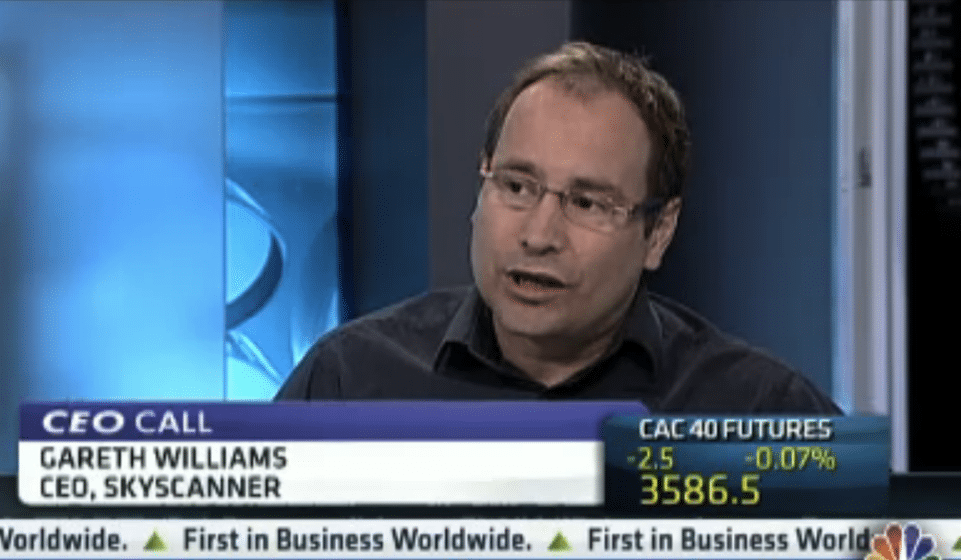Skyscanner Got a Marquee New Shareholder But No New Money

Skift Take
Skyscanner has an enviable presence in Europe, and now with Kayak-experienced Sequoia Capital whispering in Skyscanner's ear, it wants to make a big splash in North America and beyond.
For Scotland-based Skyscanner, which plans on making a big push in the Americas, it's nice to have some influential Silicon Valley friends.
Gareth Williams, Skyscanner co-founder and CEO, tells Skift in an interview that new partner Sequoia Capital (backer of Kayak, Airbnb, LinkedIn, Google, Yahoo) didn't provide new funding to Skyscanner, but bought shares from an existing investor.
"It was a secondary transaction," Williams said. "There aren't any financial implications."
Still, a high-profile new partner can be very important.
Skyscanner says it was one of Sequoia's largest investments to date, although it won't say what percentage of the company Sequoia now owns. Scottish Equity Partners, which led a $5.2 million Series A round in 2007, remains Skyscanner's larg

